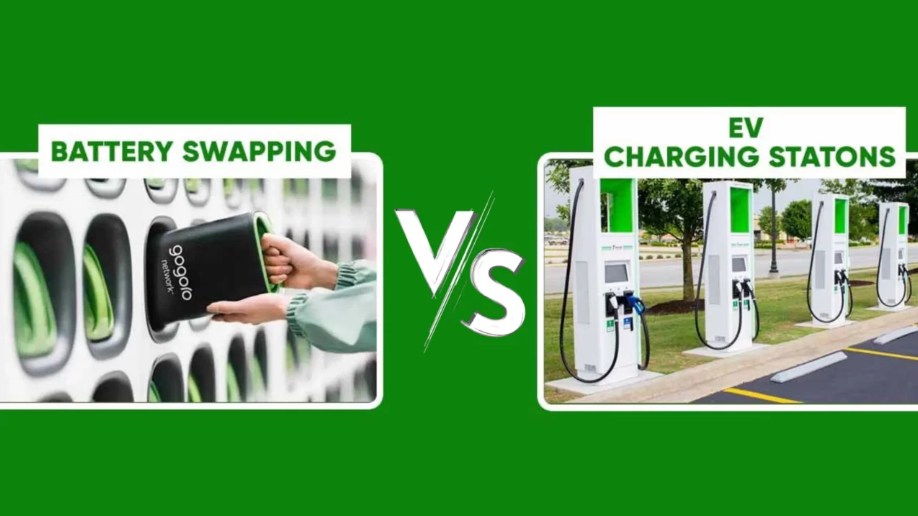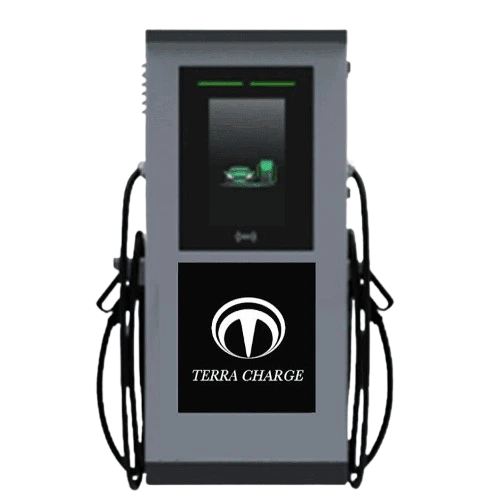The global shift towards electric mobility is evident as corporations invest in technology, emerging enterprises vie for market share, and governments offer substantial incentives. Despite the rising adoption of battery-powered vehicles, the challenge of efficient recharging persists. Current EV chargers, often slow and limited to charging one vehicle at a time, pose logistical hurdles. While quick-charging technology exists, wait times of up to an hour remain common.
Moreover, establishing charging stations requires significant investments in equipment and infrastructure. Despite efforts to standardise charging methods, obstacles persist. In this landscape, battery swapping emerges as a potentially convenient solution. Particularly in regions like India, where two- and three-wheeled EVs are gaining popularity rapidly, battery swapping offers a promising alternative.
Despite challenges in establishing a single battery standard due to industry competition, efforts to develop an EV-ready infrastructure are underway, with fast-charging stations aiming to recharge batteries rapidly. While battery swapping appears advantageous in the short term, charging stations are positioned as the future of EV recharging infrastructure.
Battery Swapping | Charging Station |
Convenient, quick swap | Requires time for charging |
Rapid exchange of batteries | Charging time varies, slower |
Requires battery swapping stations | Requires installation of charging stations |
Limited by battery availability | Unlimited, depends on charging time |
Limited by availability of swapping stations | Widespread availability, but may require wait times |
The initial investment in swapping stations | Initial investment in charging infrastructure, ongoing electricity costs |
Requires standardisation of battery sizes and interfaces | Standardised charging protocols |
Potential for recycling and reuse of batteries | It depends on the electricity source for charging |
What is Battery Swapping?
Battery swapping is a process where the depleted battery of an electric vehicle is easily replaced with a fully charged one that allows the driver to continue their journey without waiting for the vehicle to be charged. This method offers a quick and convenient solution, especially when compared to the time-consuming process of traditional charging. While battery swapping has gained attention for its efficiency, challenges such as standardisation and infrastructure development need to be addressed for widespread acceptance.
Advantages
- Convenience: Battery swapping offers quick and hassle-free battery replacement, allowing drivers to resume their journey without waiting for their vehicle to recharge.
- Time Efficiency: Swapping batteries can be faster than charging, particularly for vehicles with limited range or in urgent situations where immediate power is needed.
- Increased Range: Swapping enables vehicles to access fully charged batteries and extends their driving range without the need for lengthy charging stops.
- Flexibility: Battery swapping accommodates vehicles of varying battery capacities and eliminates concerns about charger compatibility or availability.
Disadvantages
- Infrastructure Requirements: Establishing a widespread network of battery swapping stations requires significant investment in infrastructure development and operational maintenance.
- Standardisation Challenges: Achieving uniformity in battery specifications and swapping protocols across different vehicle models and manufacturers can be complex and may hinder widespread adoption.
- Limited Battery Lifespan: Frequent swapping of batteries could accelerate wear and tear, leading to reduced battery lifespan and potential degradation in performance over time.
- Logistical Complexity: Managing battery inventory, transportation, and storage logistics poses challenges, particularly in ensuring the availability of fully charged batteries at swapping stations.
What is an EV Charging Station?
An EV Charging Station is a facility designed to recharge the batteries of electric vehicles. It provides a dedicated space for users to connect their EVs and replenish their battery levels. These stations come in various forms, ranging from slow chargers for overnight charging to fast chargers that can recharge a significant portion of the battery within a short timeframe, typically 10 to 15 minutes for up to 80% capacity. EV charging stations play a crucial role in supporting the growing adoption of electric mobility by offering a convenient and efficient way to recharge electric vehicles.
Also Read:
80/20 Rule of Charging EV Battery
Advantages
- Accessibility: Charging stations can be deployed in various locations, including public areas, workplaces, and residential complexes, providing widespread access to charging infrastructure.
- Versatility: Charging stations support different charging speeds and methods, catering to the diverse needs of electric vehicle owners, from slow overnight charging to rapid DC fast charging.
- Cost-Effectiveness: Charging stations offer a cost-effective solution for EV owners, particularly for routine charging needs, as electricity costs are generally lower than battery swapping fees.
- Compatibility: Charging stations are compatible with a wide range of electric vehicles, promoting interoperability and reducing concerns about charger compatibility.
Disadvantages
- Charging Time: Charging at stations can be time-consuming, especially for vehicles with large battery capacities or when using slower charging options, potentially causing inconvenience for users.
- Infrastructure Limitations: The availability and distribution of charging stations may vary across regions, leading to concerns about range anxiety and limited access to charging facilities in certain areas.
- Grid Impact: High-power charging stations may strain local electricity grids, necessitating upgrades to infrastructure and potentially increasing energy demand during peak charging periods.
- Space Requirements: Installing charging stations requires dedicated space for equipment installation, which may pose challenges in urban areas with limited real estate availability.
Conclusion
Battery swapping provides a quick and convenient solution for EV users, allowing them to replace depleted batteries with fully charged ones in a matter of minutes. However, setting up swapping stations requires significant investment and standardisation of battery sizes and interfaces across different vehicle models to ensure compatibility.
On the other hand, charging stations offer a more widespread solution but require vehicles to be plugged in and charged, which can take longer than swapping batteries. The infrastructure for charging stations is also scalable and can be deployed more widely, but availability may vary, especially in remote areas.
Both battery swapping and charging stations have their advantages and disadvantages, and the choice between them depends on factors such as convenience, speed, infrastructure availability, and environmental considerations.












